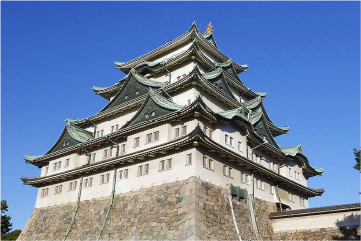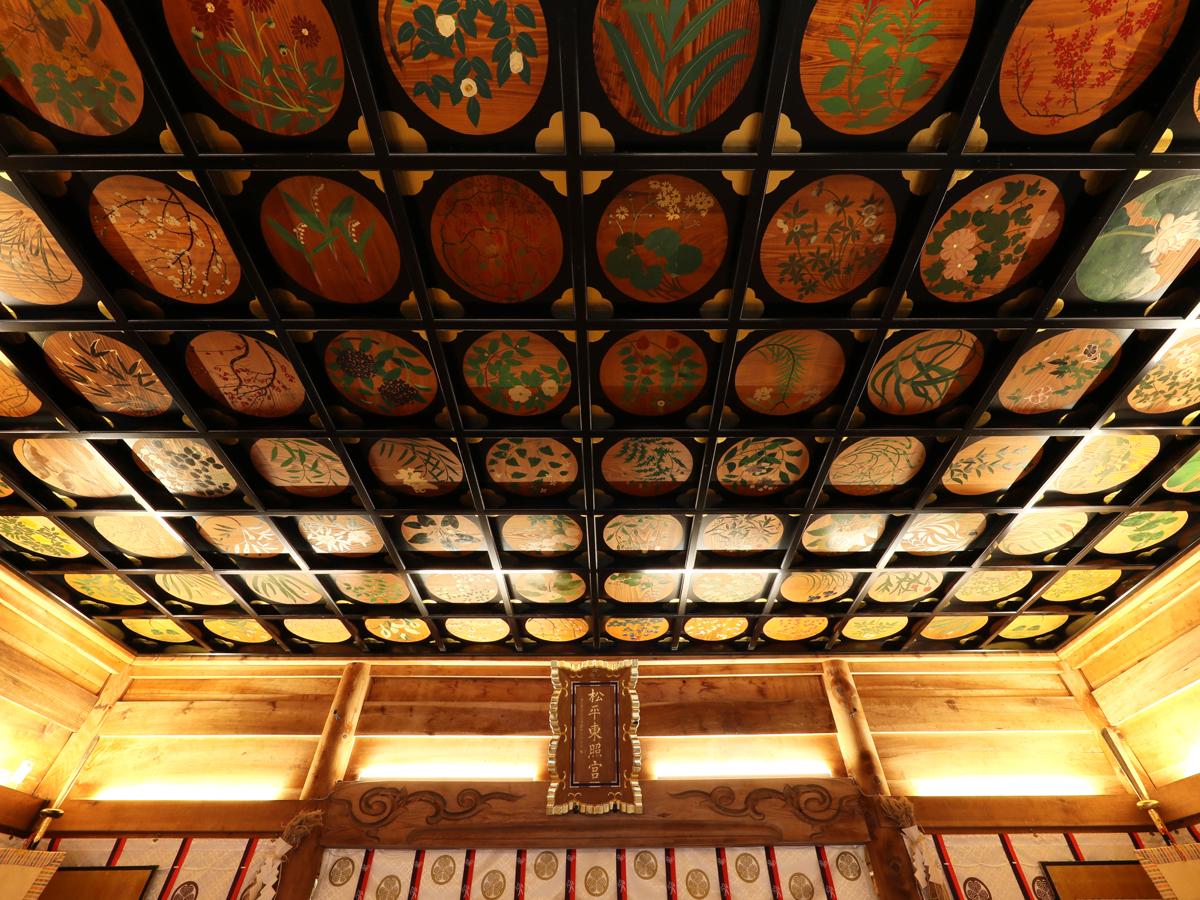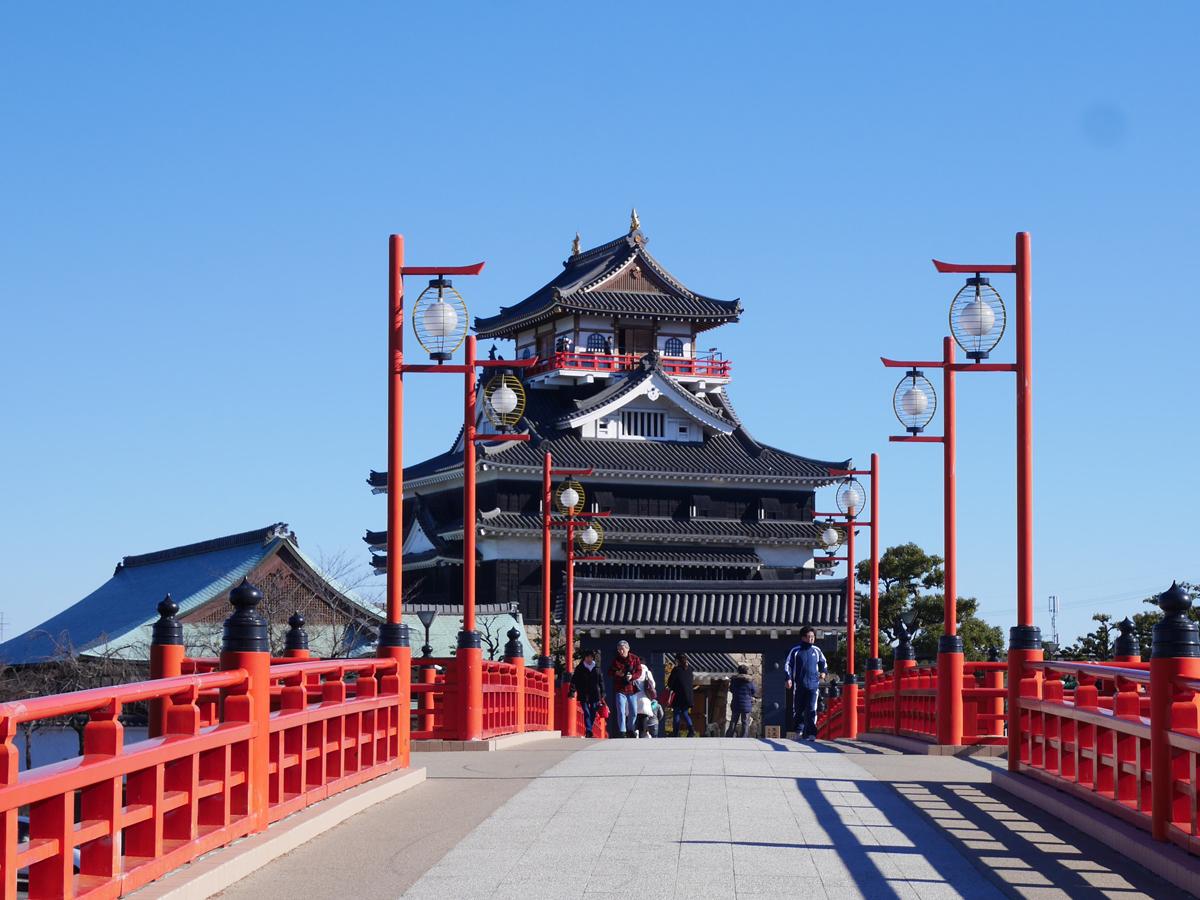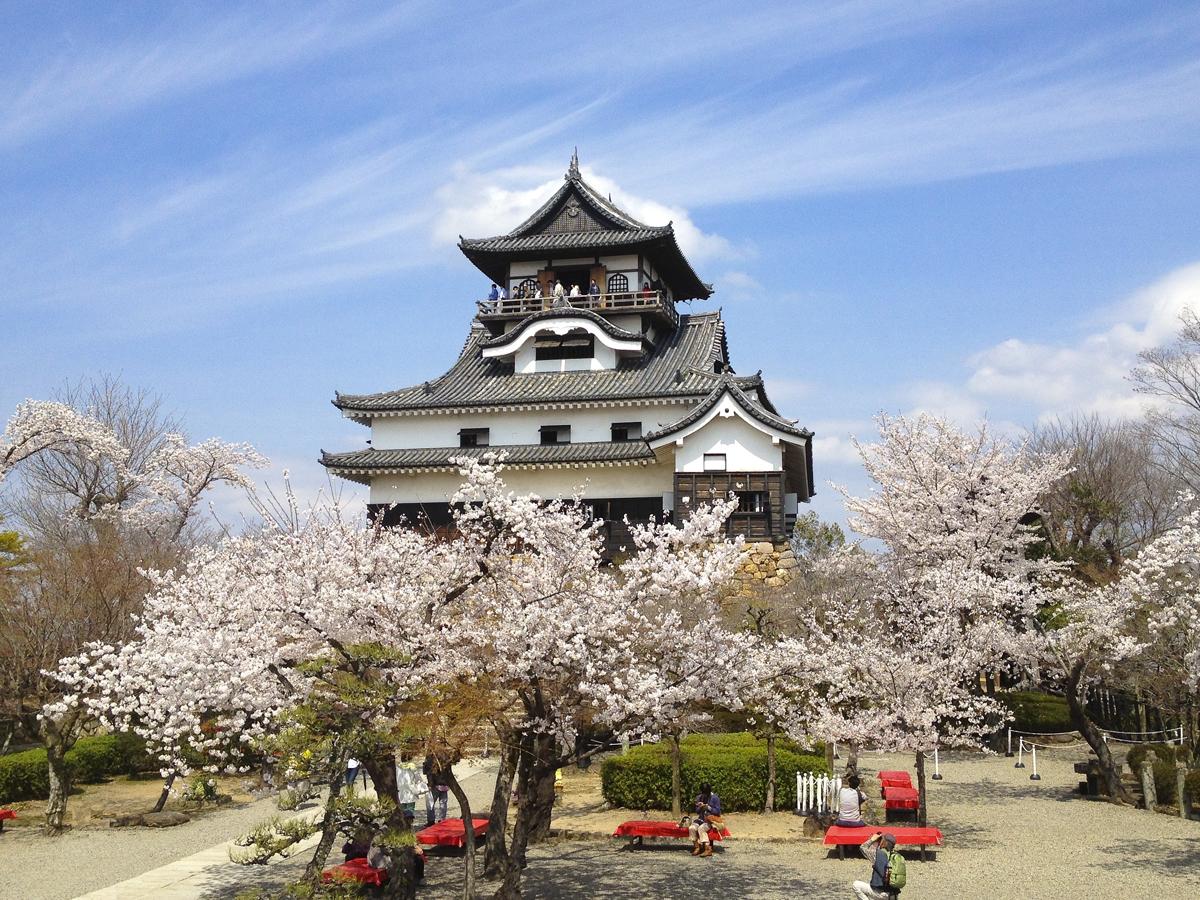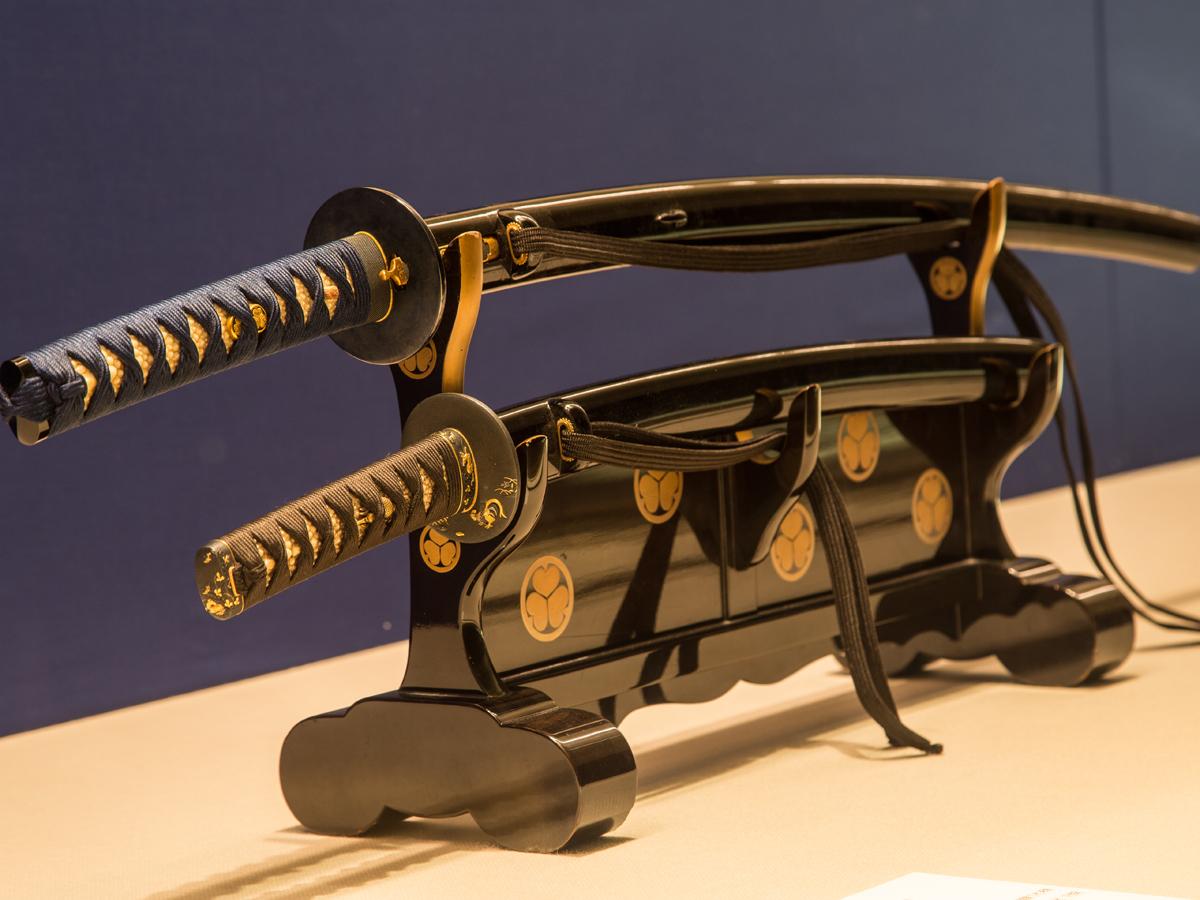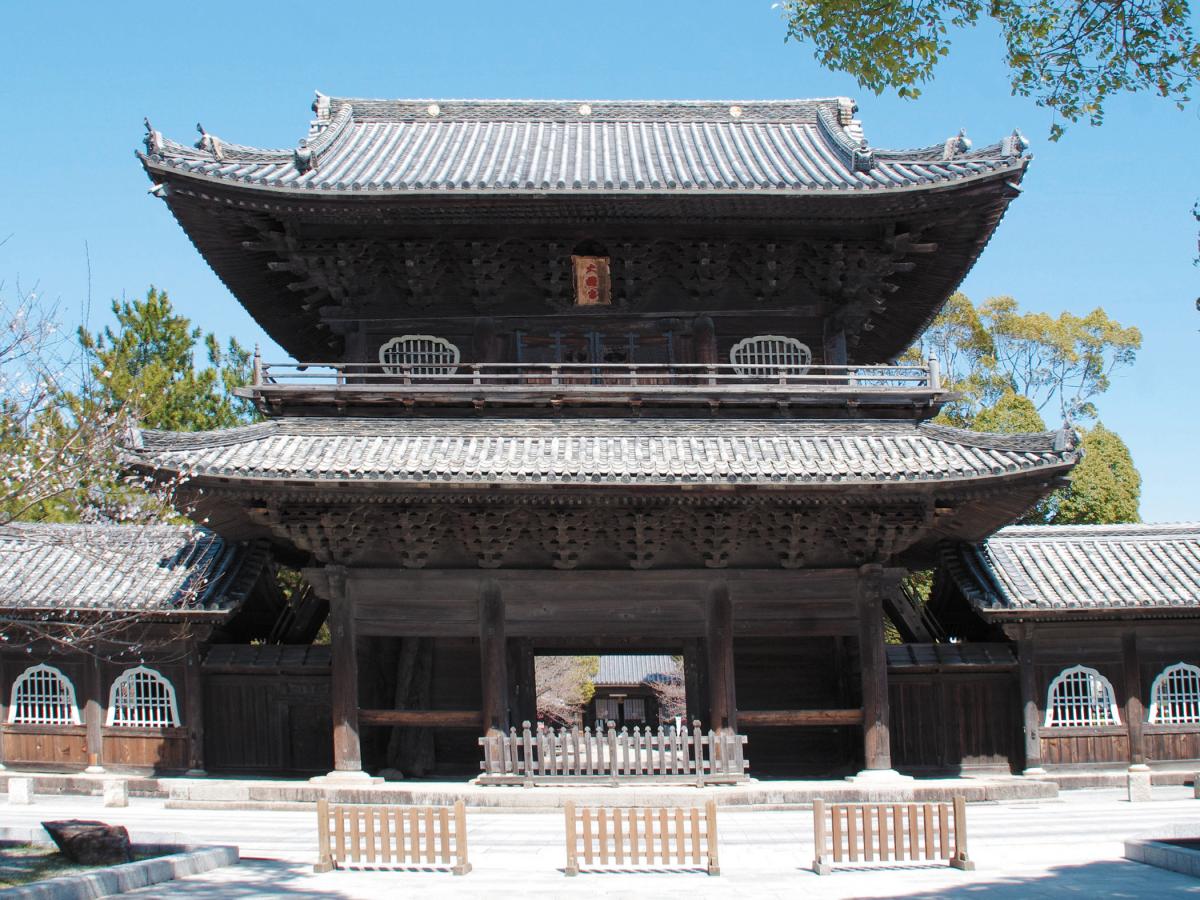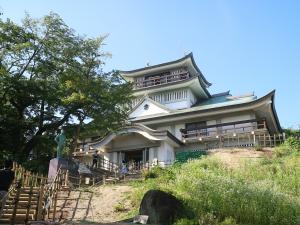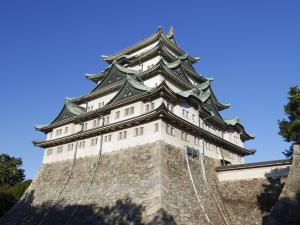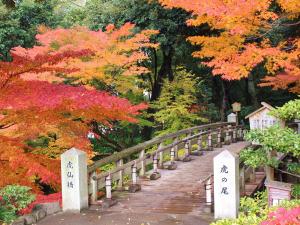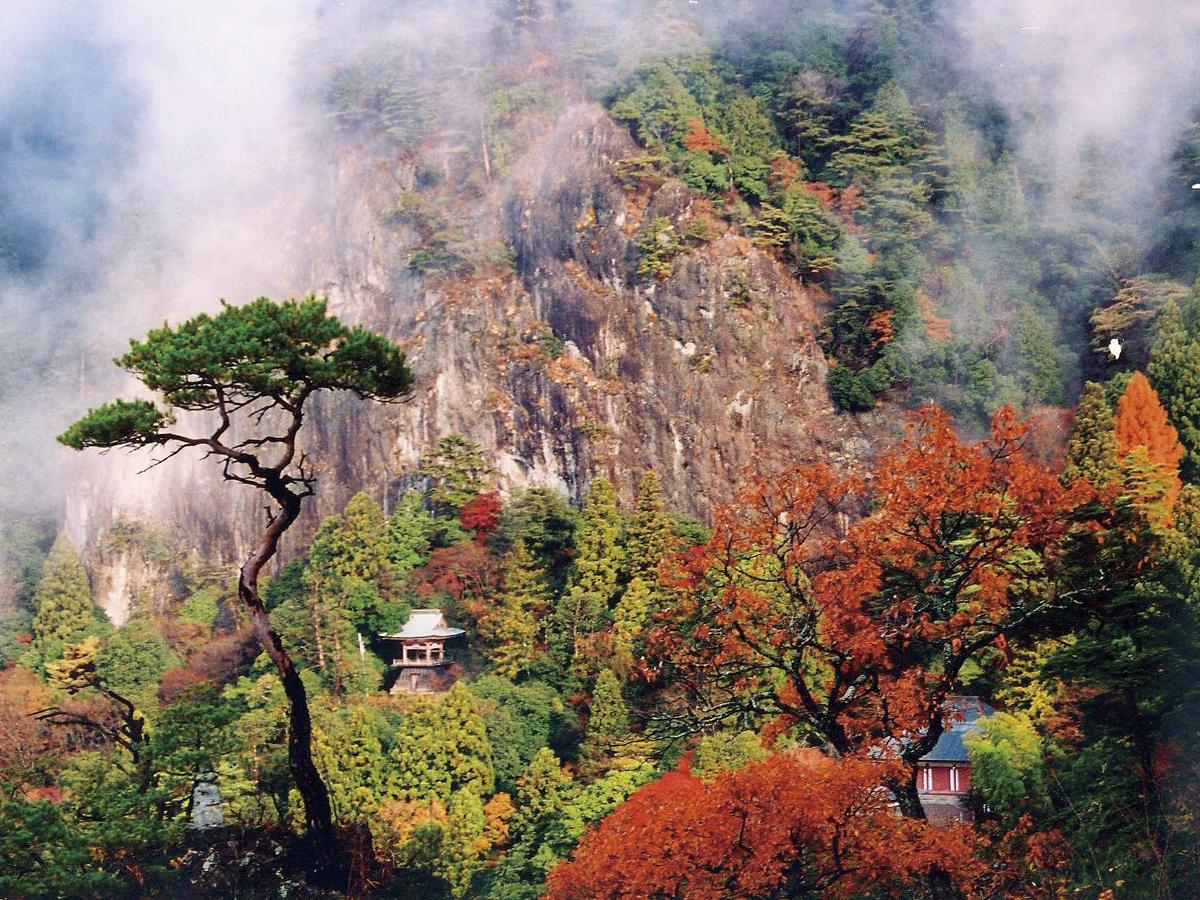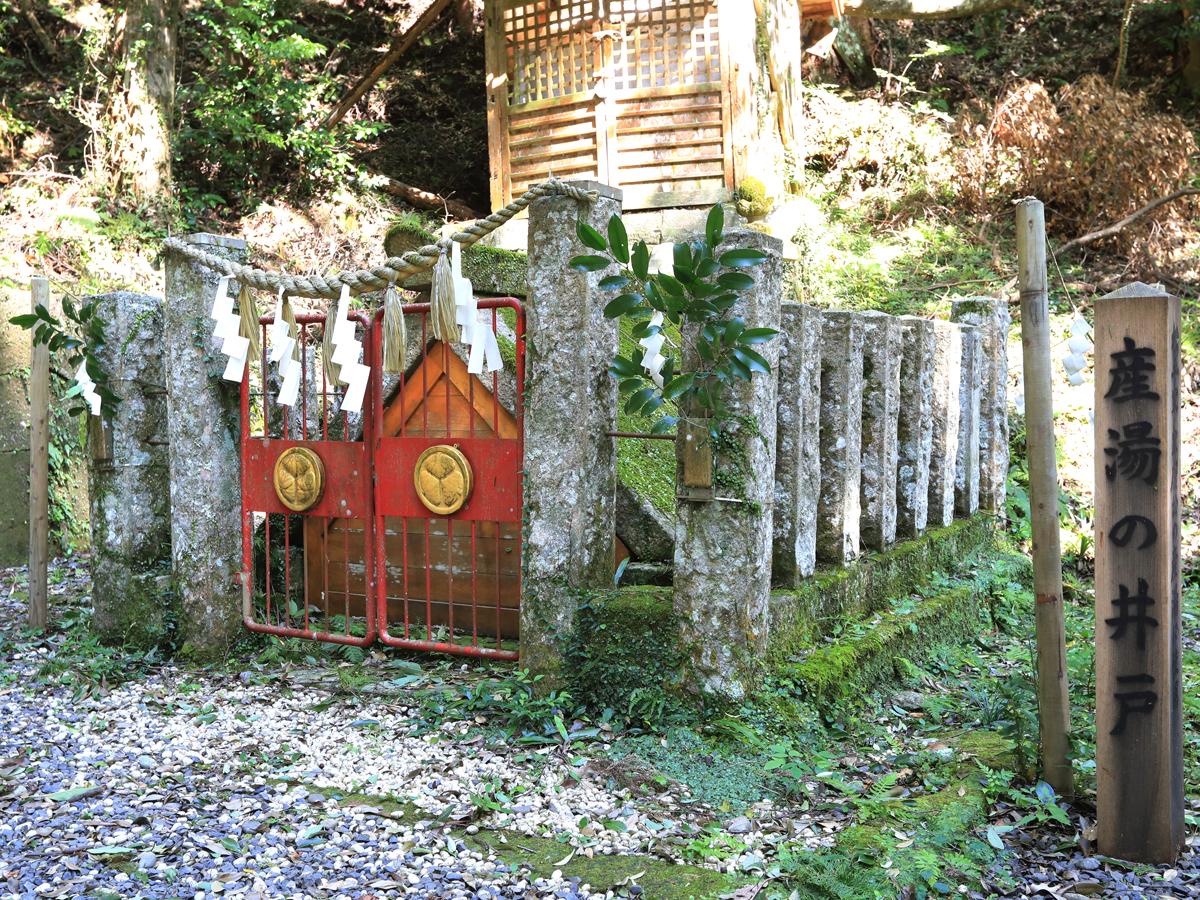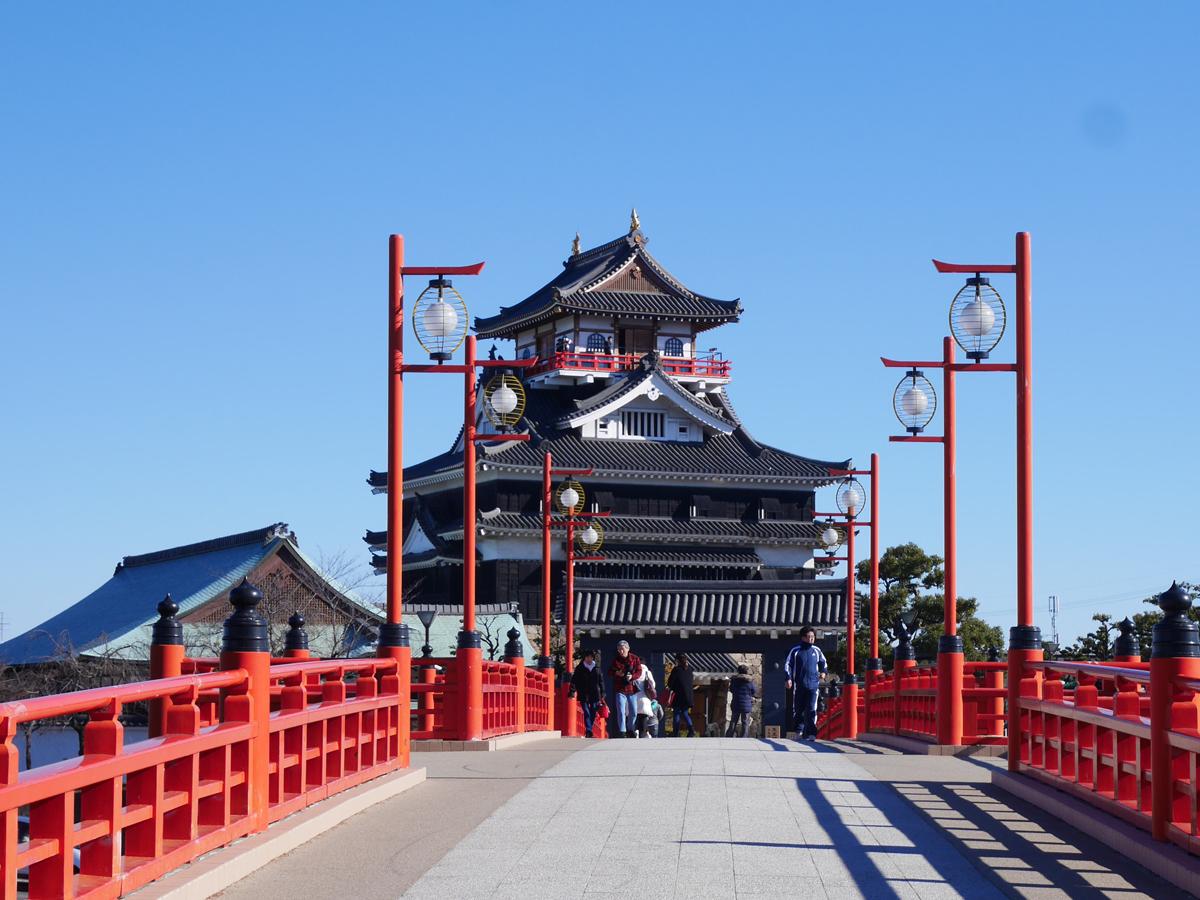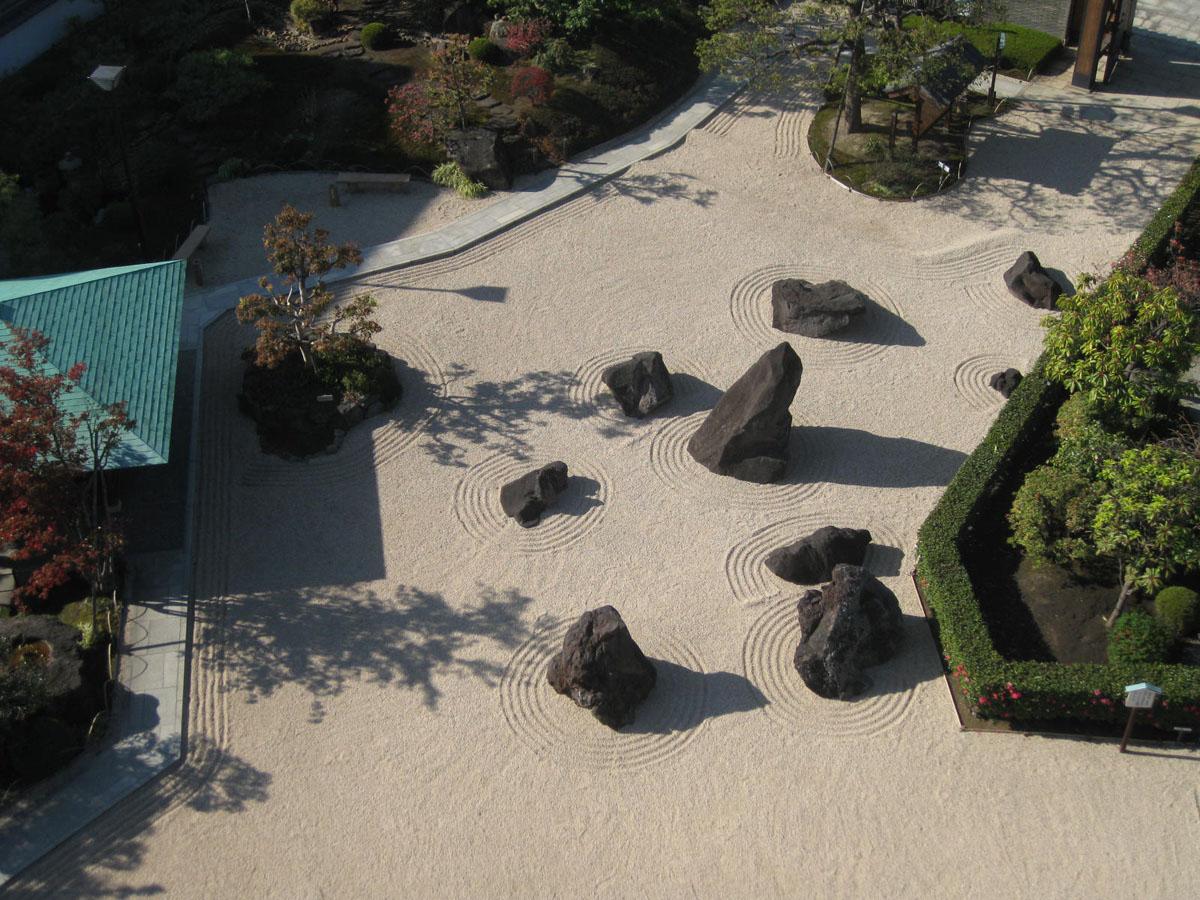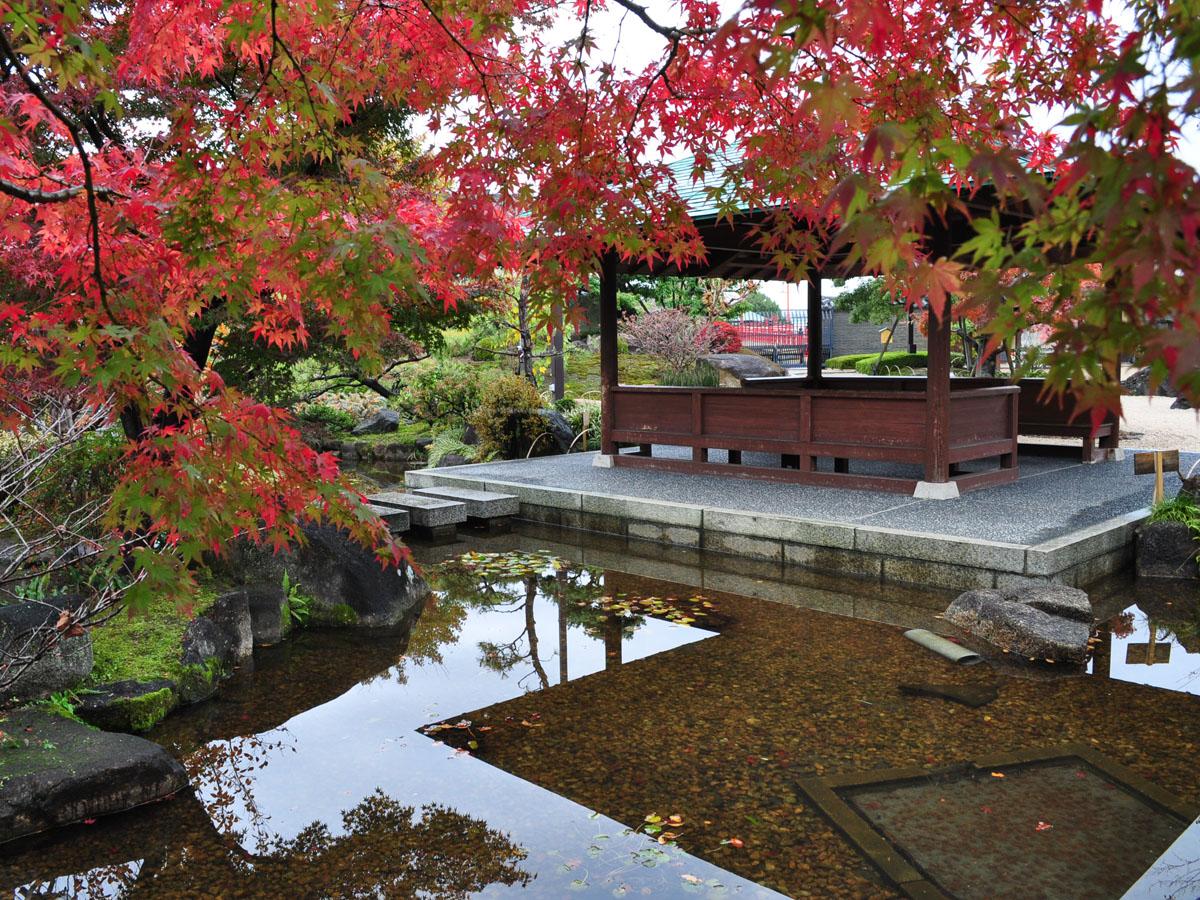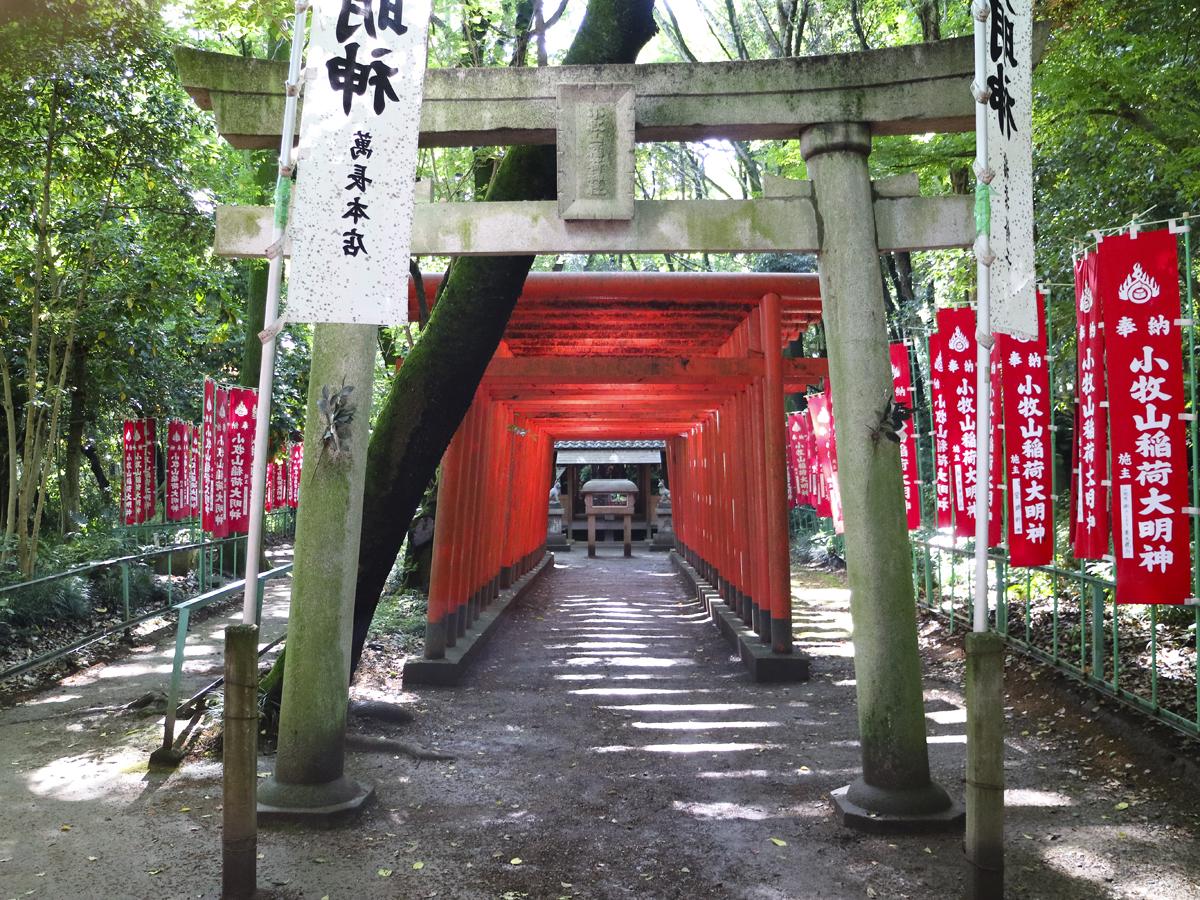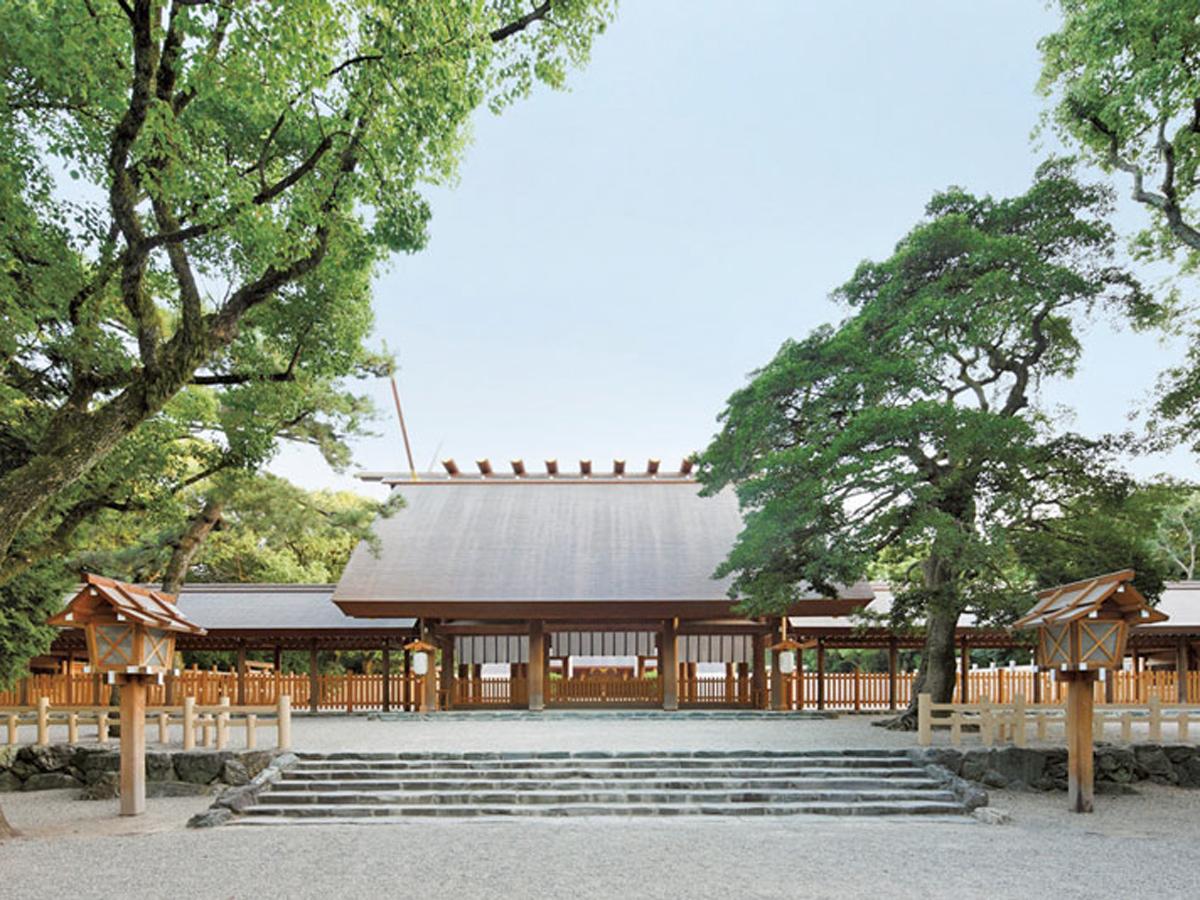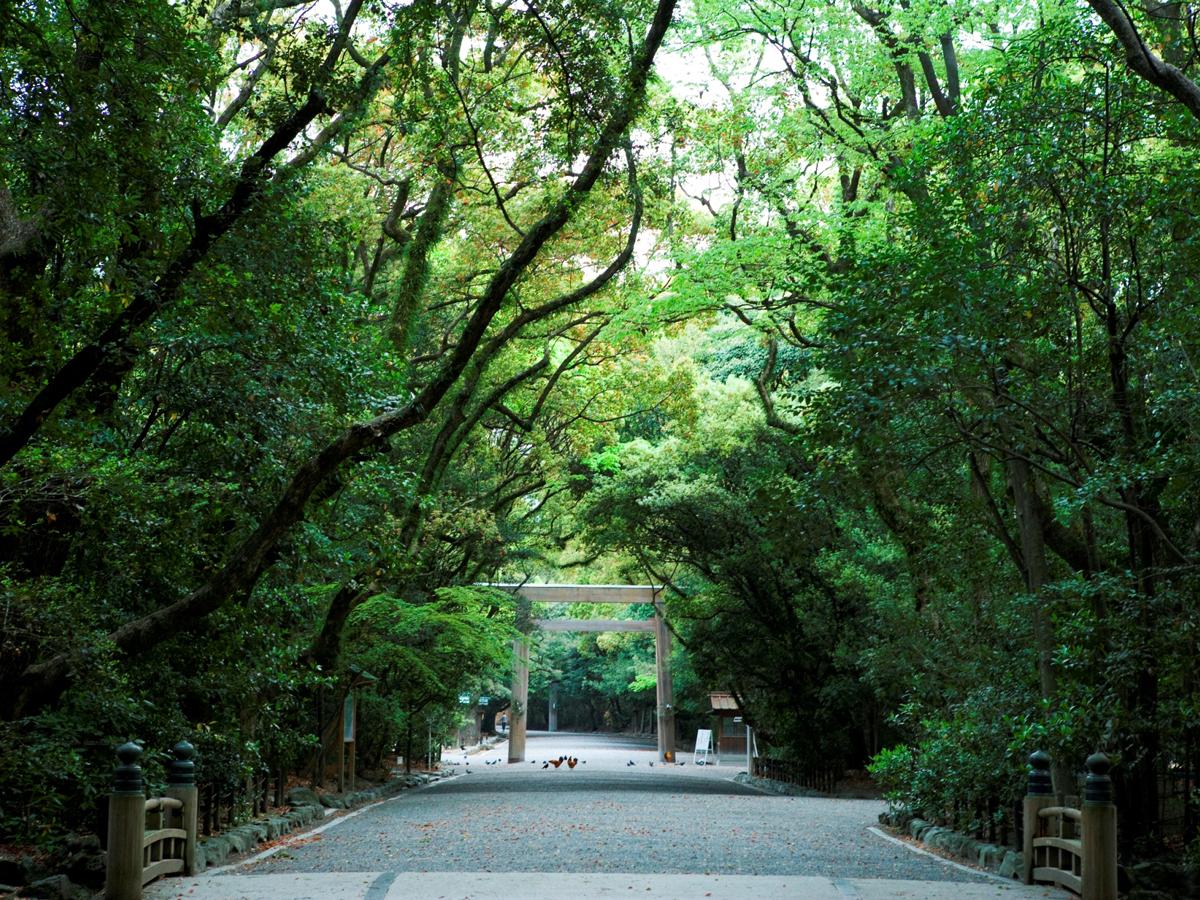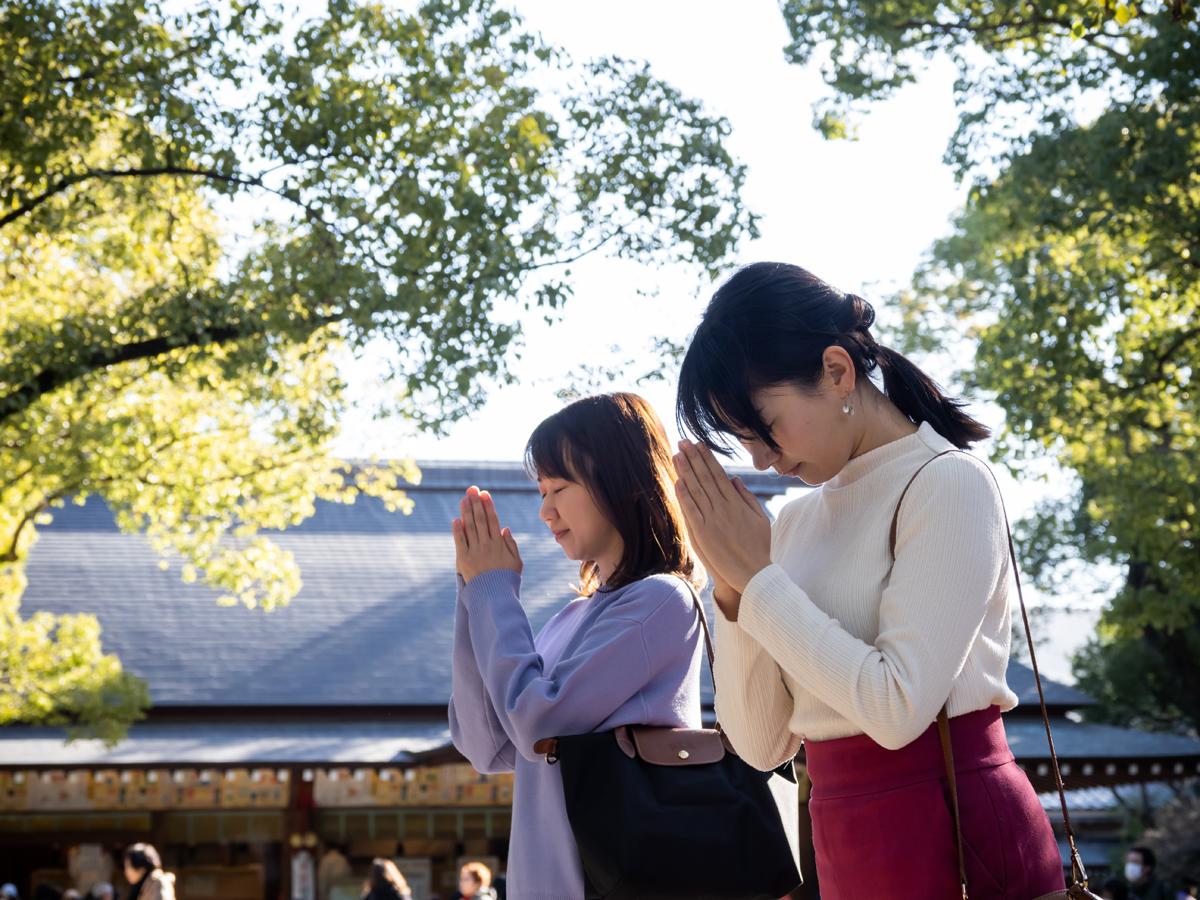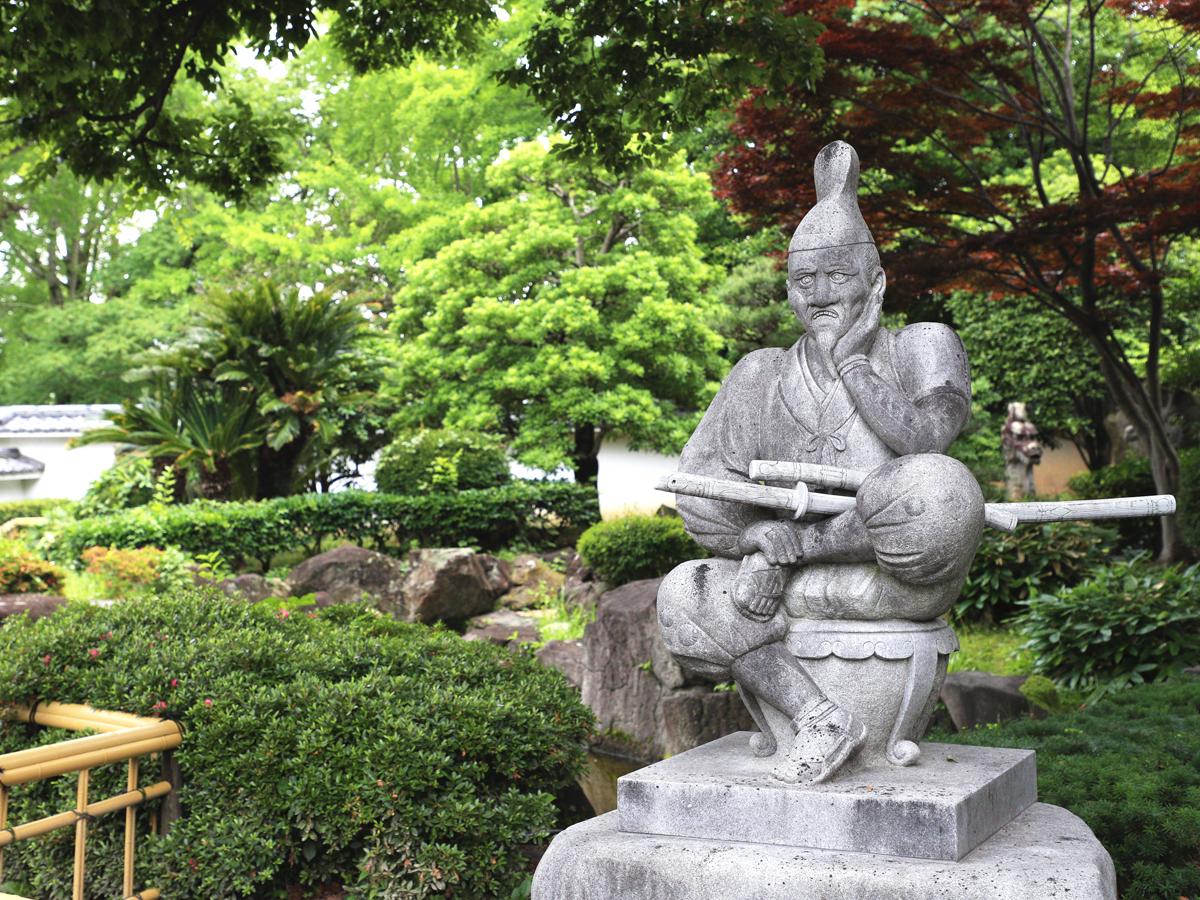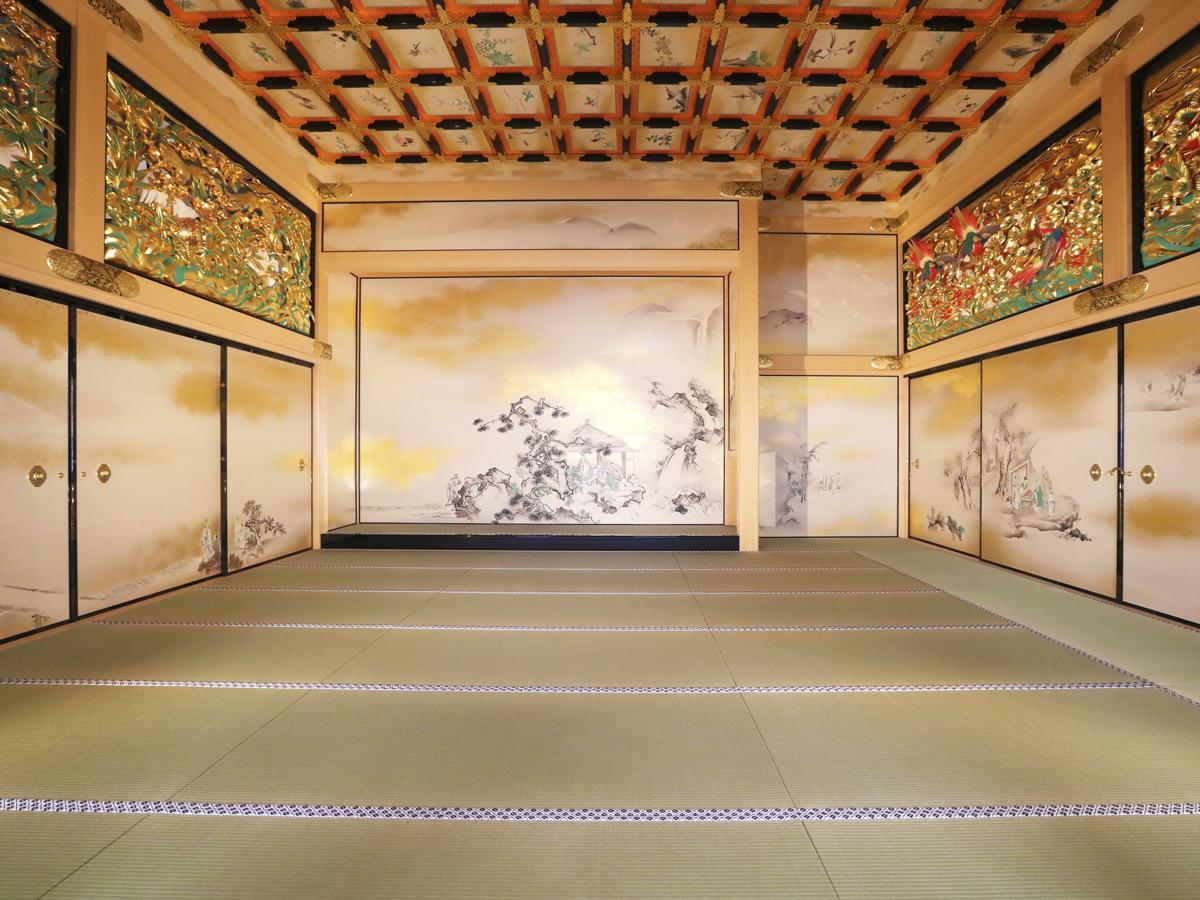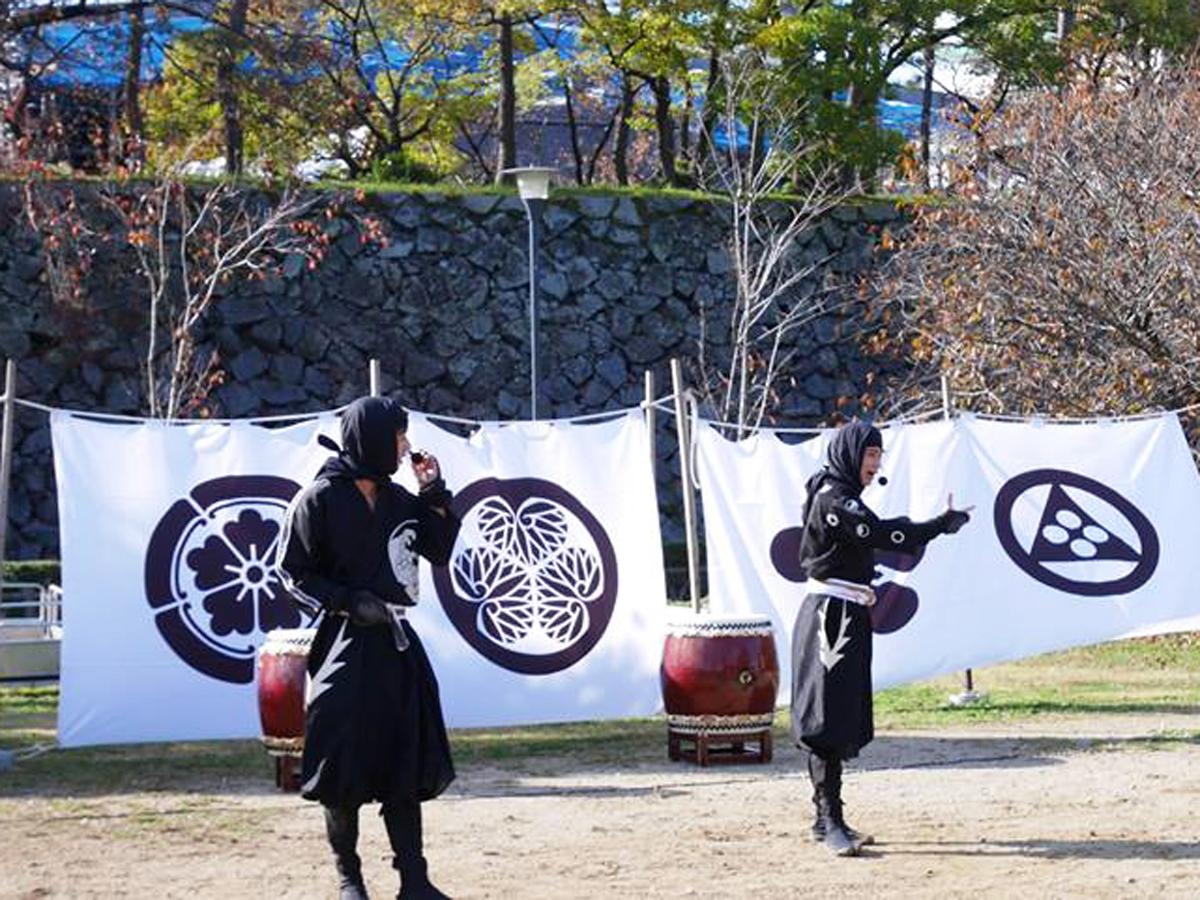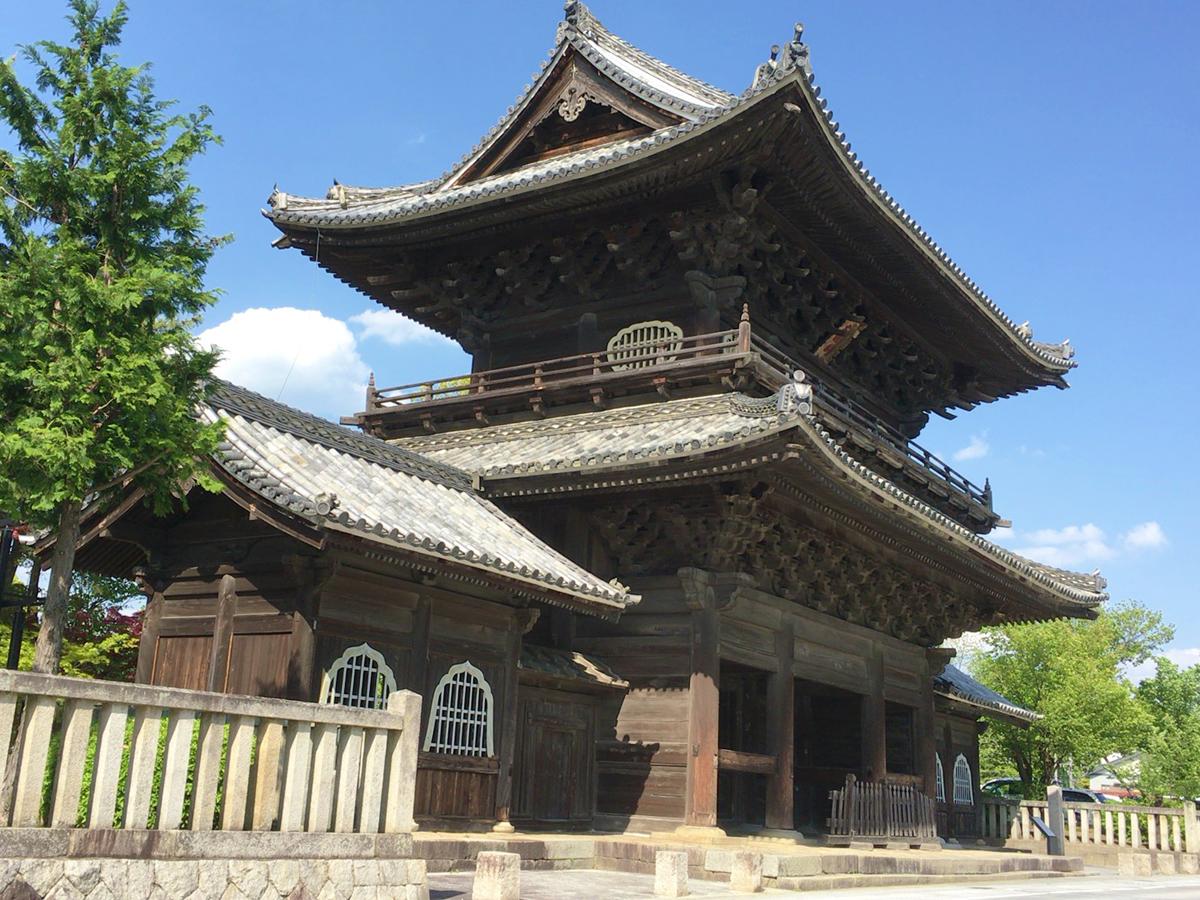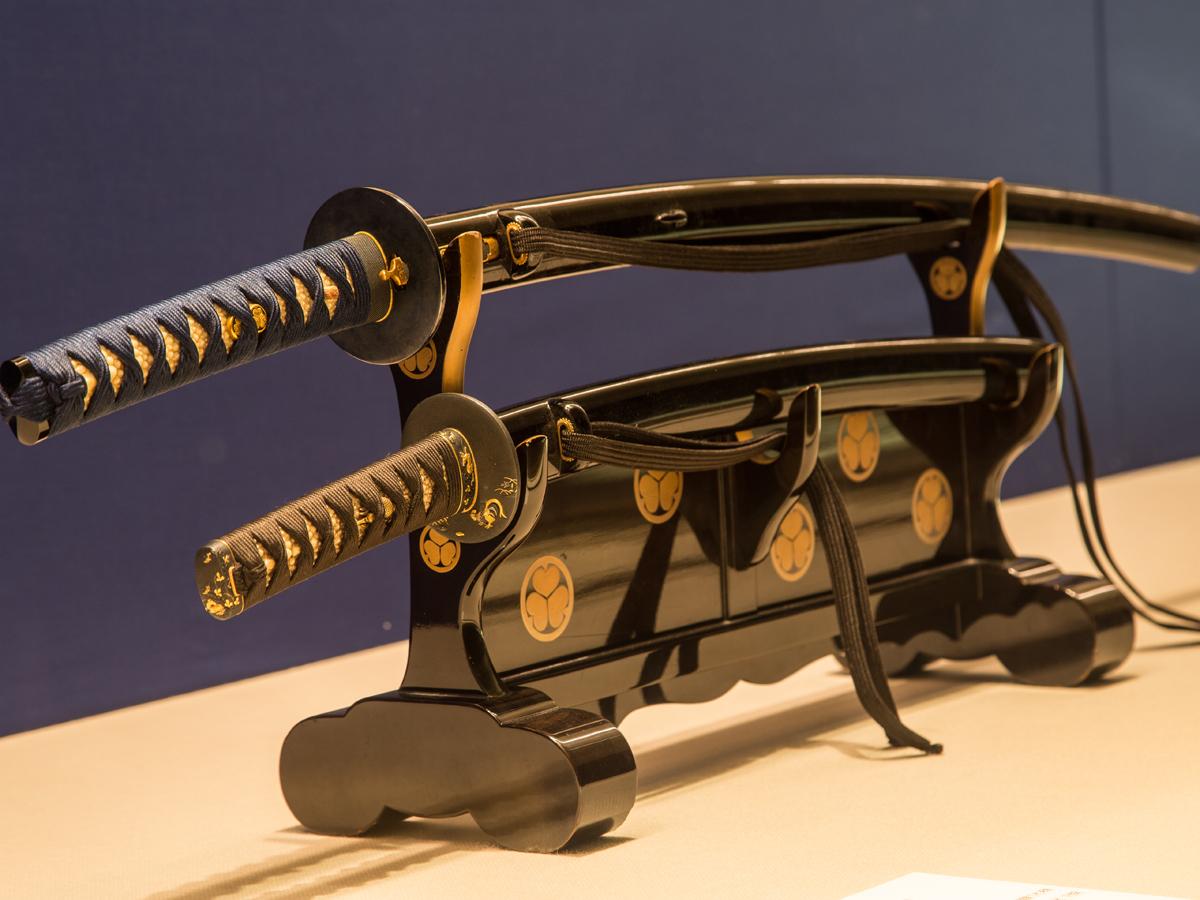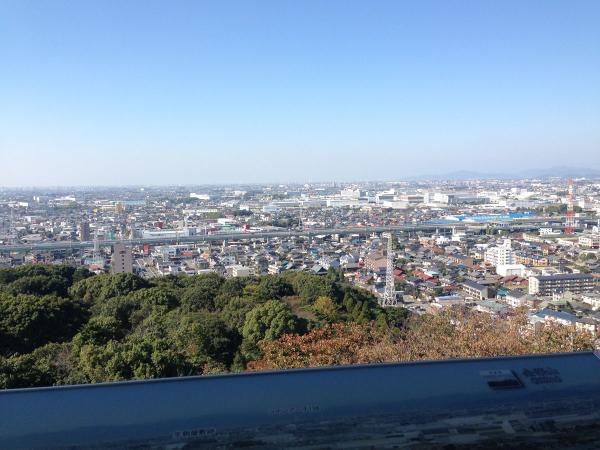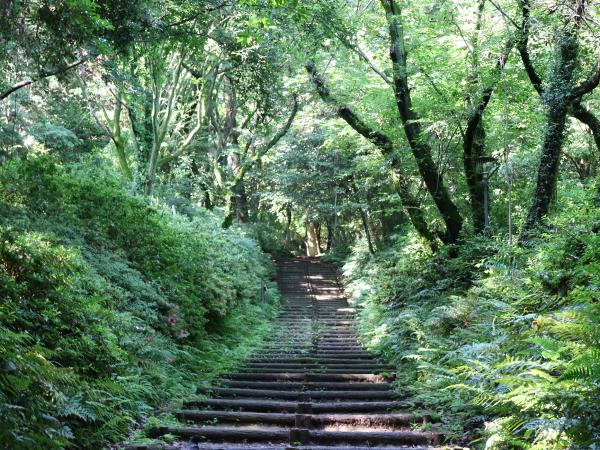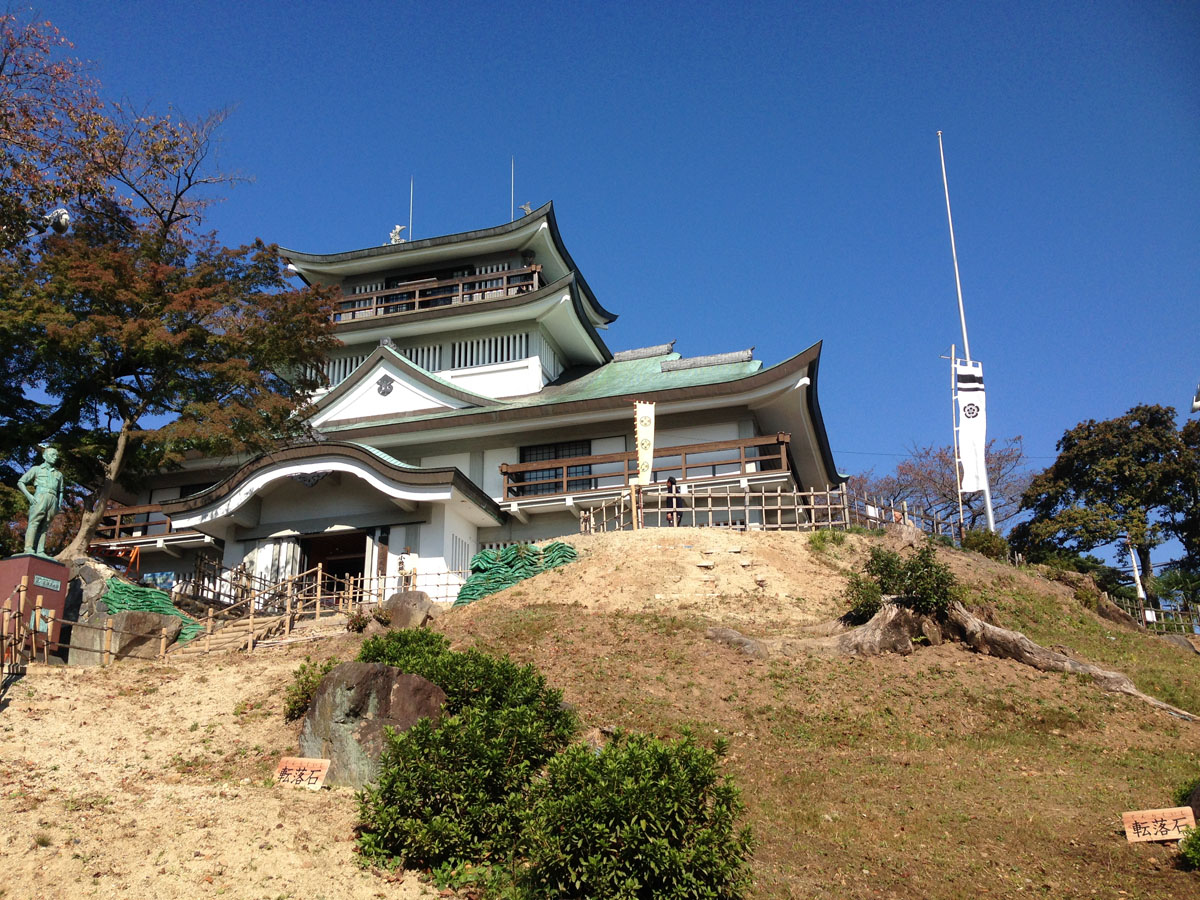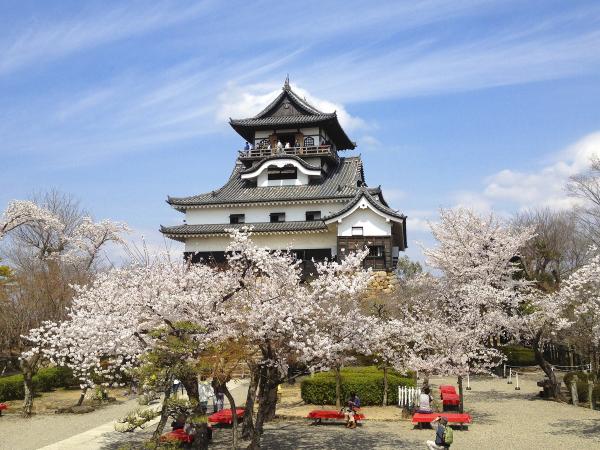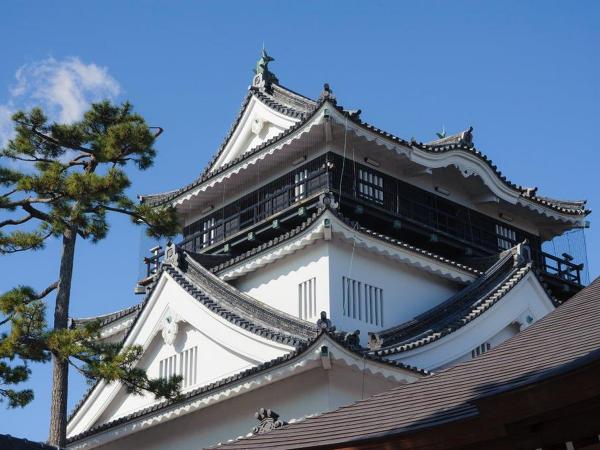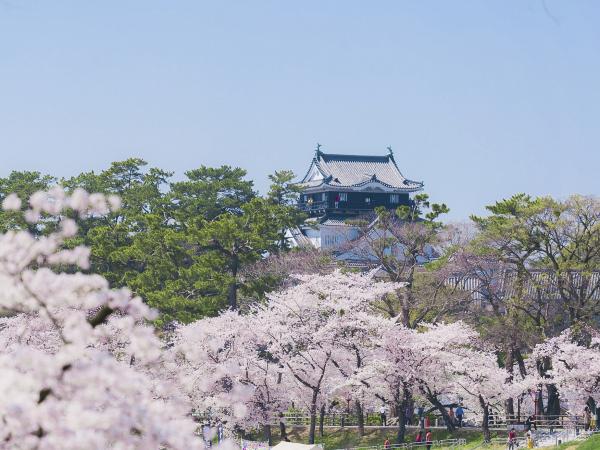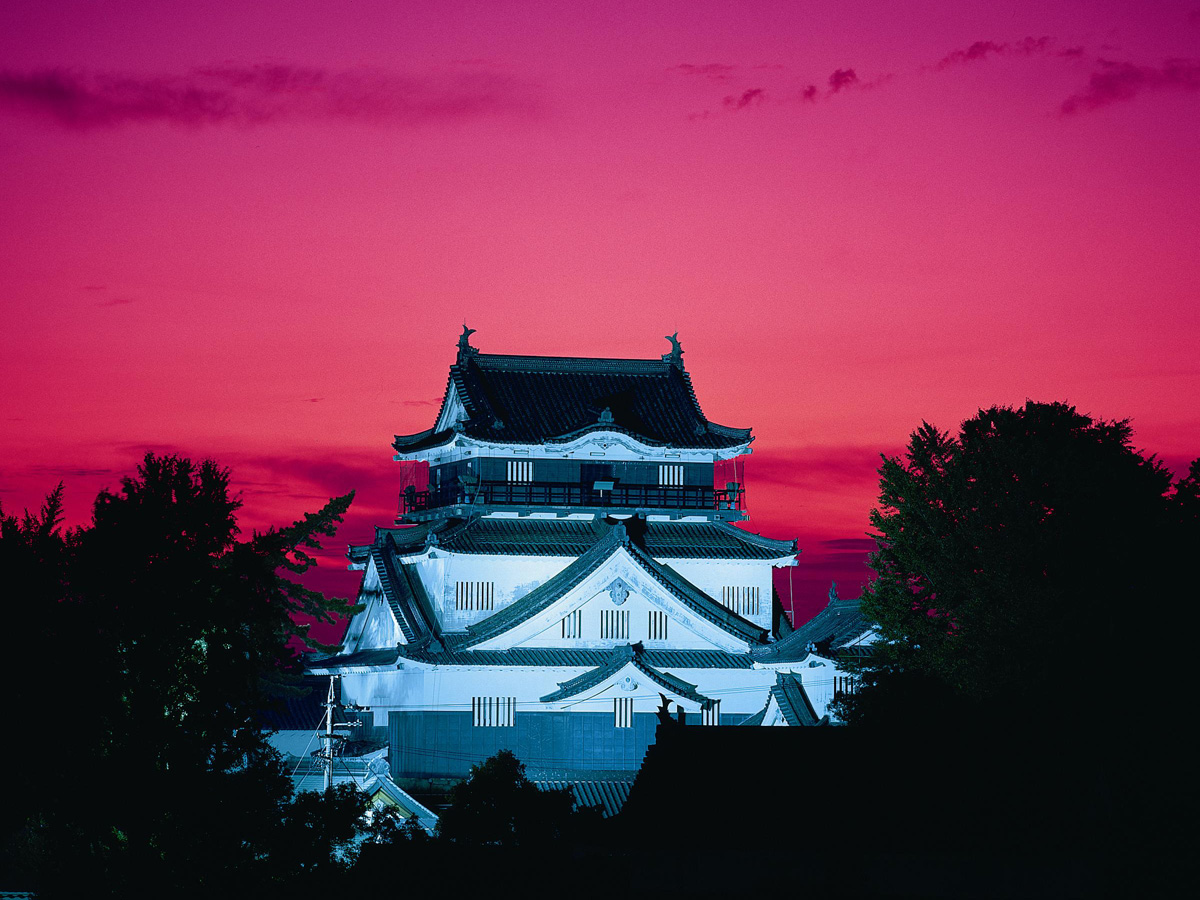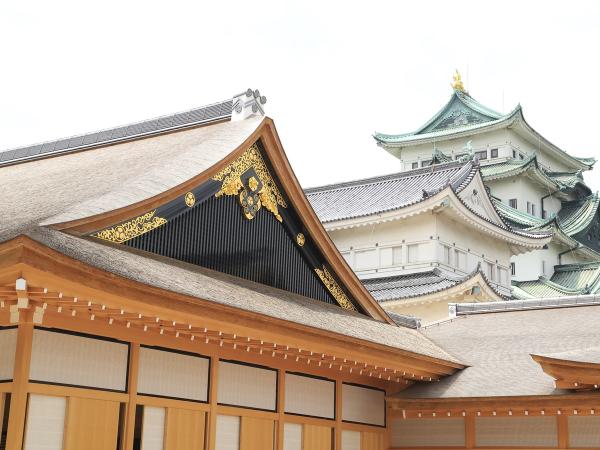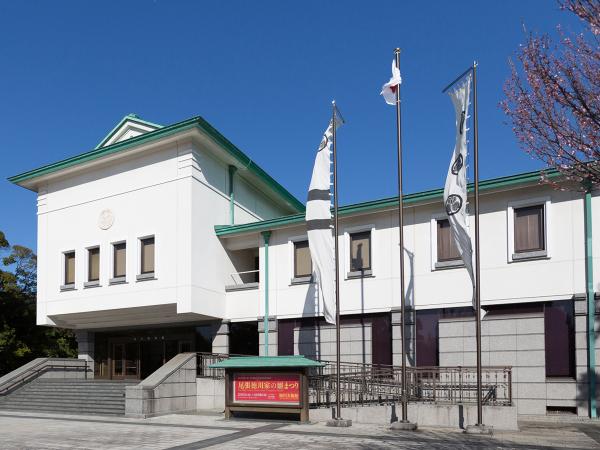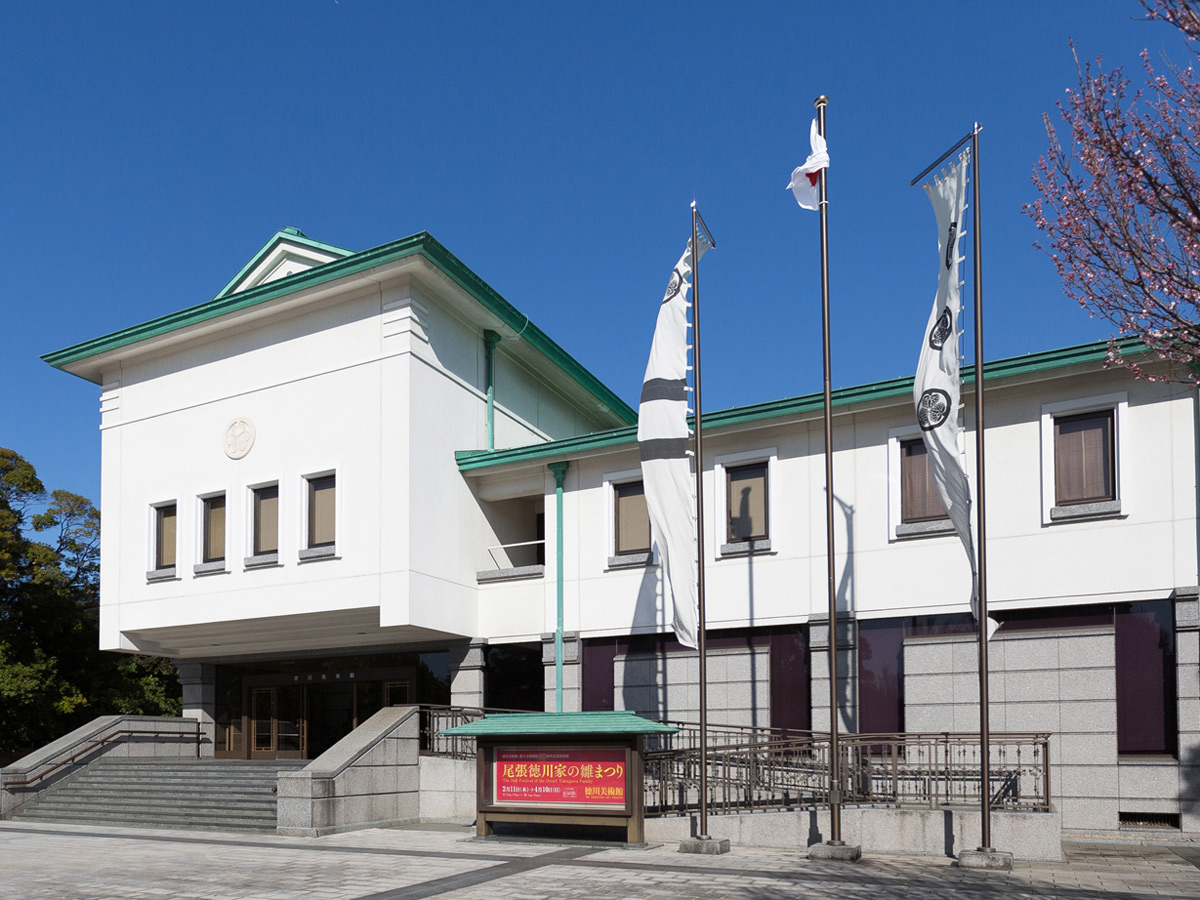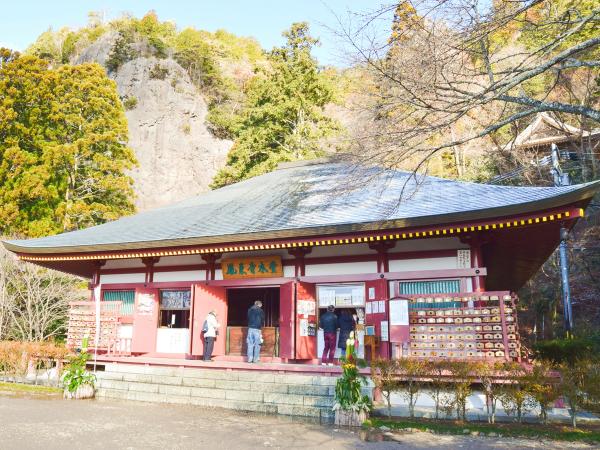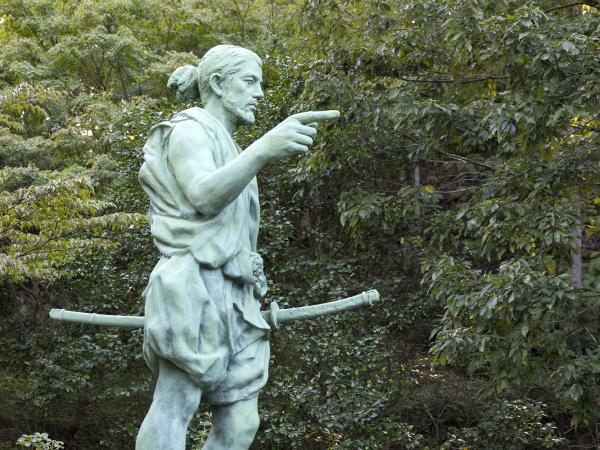Aichi Prefecture, nestled in the heart of Japan, holds a significant place in the history of the samurai era. This region witnessed pivotal battles and served as the birthplace of renowned samurai figures, notably Oda Nobunaga, Toyotomi Hideyoshi, and Tokugawa Ieyasu, revered as the Three Unifiers, who played instrumental roles in shaping Japan's destiny.
Aichi is steeped in the legends and tales of these samurai warriors, as they fought their way to prominence in the country. Immerse yourself in their stories and witness firsthand the land that molded these warlords.
To commemorate your visit to the castle...
collect Gojoin!
To commemorate your visit to the castles, we recommend collecting Gojoin—a special type of seal offered at various castle sites. These unique seals bear the castle's name and the emblem or seal of the ruling lord, imprinted on traditional Japanese writing paper. Collecting Gojoin serves as a cherished memento, etching the memory of your castle visit deep into your heart.
Oda Nobunaga, a renowned samurai born in Aichi, holds a special place in Japanese history and culture.
His captivating story has inspired numerous comics and movies, captivating the interest of the Japanese people more than any other historical figure.
What sets Nobunaga apart and makes him so appealing is his ability to defy common norms and usher in a new era.
He revolutionized the concept of castles, moving beyond their traditional defensive function and transforming them into symbols of power.
Nobunaga introduced the iconic design of castles with towering stone walls and an exclusive top floor reserved for nobles. These architectural innovations allowed him to showcase his authority as the ruler of Japan and establish a strong presence across the land. Additionally, Nobunaga's vision extended beyond the castles themselves. He developed thriving towns around his castles and implemented policies to stimulate economic growth, showcasing his exceptional leadership skills and ushering in a new era of progress.
The life of Oda Nobunaga (1534-1582)
Oda Nobunaga, a notable daimyo in feudal Japan, dedicated his efforts to the unification of the country, ultimately establishing his rule over a significant portion of Honshu, the main island, in the latter half of the 16th century.
Like many extraordinary individuals, such as Edison and Newton, Nobunaga exhibited a nonconformist nature and often surprised those around him with his unconventional behavior during his youth, earning him the nickname "Owari no outsuke" or the "fool of Owari." However, it is said that his father, Nobuhide, recognized his exceptional qualities even at a young age.
Nobunaga achieved numerous victories in battle, steadily increasing his power and influence. However, just as he stood on the brink of unifying Japan entirely, he faced betrayal from one of his retainers, Akechi Mitsuhide. In a sudden attack at Honno-ji Temple in Kyoto, Nobunaga was forced to take his own life. For a long time, historical accounts portrayed Nobunaga as a ruthless and eccentric figure. However, recent studies suggest that he displayed traits of politeness, kindness, and chivalry, offering a more nuanced understanding of his character.
Historical spots associated with Nobunaga
Tokugawa Ieyasu created an era of peace without war
The Edo period, spanning from 1603 to 1868, marked the final phase of the enduring samurai era, lasting for approximately 300 years. This period saw the formation of a feudal society in which the shogun ruled with absolute power. The daimyo lords, under the close control of the shogunate, were placed in different areas and put in charge of various domains. This system aimed to minimize conflicts and cultivate an era of relative tranquility, known for its prolonged period of peace.
It was during this era that ukiyo-e, the vibrant world of kabuki, and the culinary art of sushi developed. The Edo period stands as a significant chapter in Japan's history, giving birth to numerous cultural elements that have endured through the centuries.
Tokugawa Ieyasu, a remarkable samurai hailing from Aichi, played a pivotal role in shaping the era of peace and prosperity in Japan. As one of the Three Unifiers, alongside Oda Nobunaga and Toyotomi Hideyoshi, Ieyasu's strategic brilliance and leadership skills propelled him to prominence. Following Hideyoshi's reign, Ieyasu seized the opportunity to ascend to power and successfully unified the entire nation of Japan under his rule.
The life of Tokugawa Ieyasu (1542-1616)
Tokugawa Ieyasu was the founder and first shogun of the Edo shogunate, which ruled Japan from 1603 until the Meiji Restoration in 1868. Growing up in a time of chaotic military conflict, Ieyasu left his parents at the age to fulfill political promises made by his family and lived as a hostage for eleven years. It was during this time that he formed his patient and cautious personality. Nobunaga and Hideyoshi soon noticed his abilities, allied with him, and made him their vassal.
After Hideyoshi's death, a power struggle erupted between the daimyo, leading to a decisive confrontation between Tokugawa Ieyasu and Ishida Mitsunari, the leader of the Toyotomi government's defenders. This conflict led to the Battle of Sekigahara, in which the Eastern Army led by Ieyasu clashed with the Western Army led by Mitsunari. Ieyasu won and was appointed shogun by the Imperial Court in 1603, beginning the Edo shogunate.
Historical spots associated with Ieyasu
recommend
-
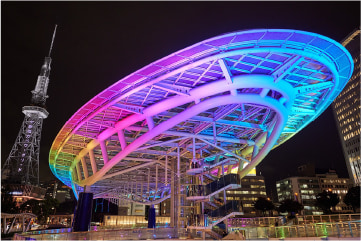
All about Aichi
The Best Places to See and Eat in Aichi
-

Things To Do
Aichi Prefecture: A Multitude of Experiences All Year Round!
-

Ghibli Park
[Full Version] A Guide to Enjoying Ghibli Park - We've got an entire overview of the park with highlights just for you!
-

Kingdom ofManufacturing
Discover Aichi, the "Kingdom of Manufacturing," through Museums
-
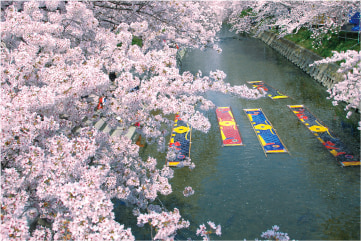
Nature
Japan's Four Seasons Abound in Color!Discover Aichi's Nature and Flowers

